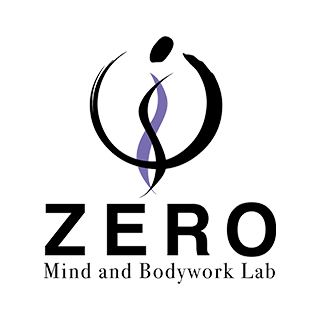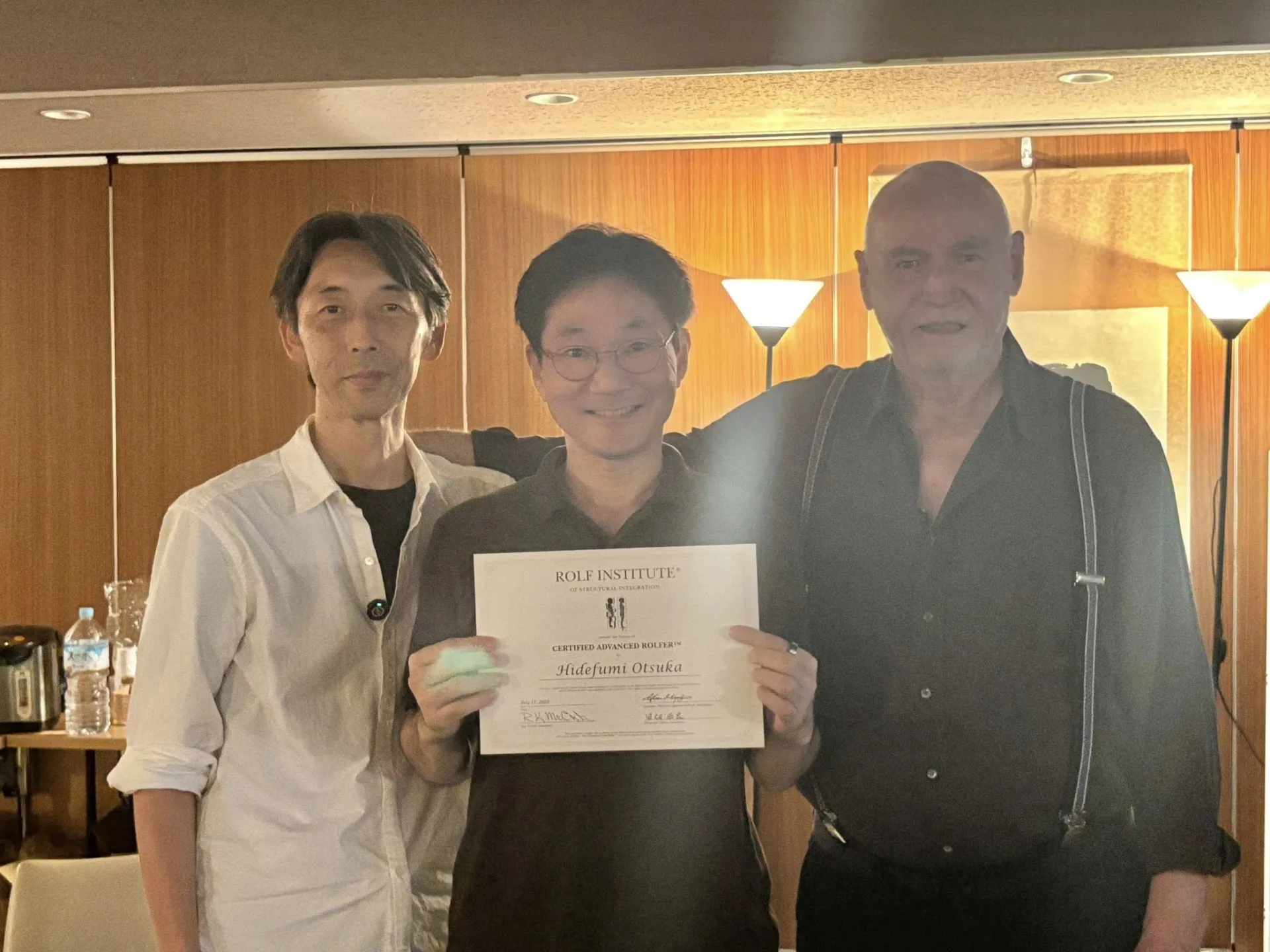Introduction
Hello, my name is Hidefumi Otsuka, and I offer Rolfing® sessions in Shibuya, Tokyo.
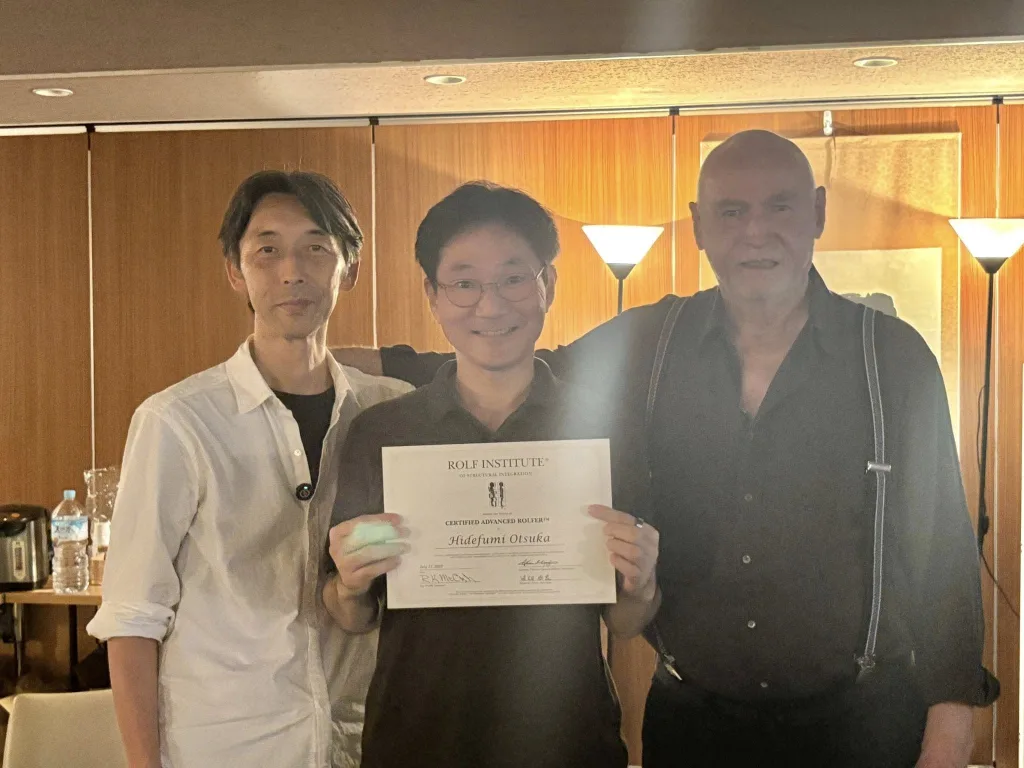
On July 11, 2025, the Advanced Training (AT) hosted by the Japan Rolfing Association reached its final day. This intensive training consisted of 24 days in total: Phase 1 (April 8–25, 2025, 12 days) and Phase 2 (June 24–July 12, 2025, 12 days). I successfully completed the program and was certified as an Advanced Rolfer.

The instructors were Ray McCall and Hiroyoshi Tahata. Tomomi Furukawa served as the interpreter, Toshikazu Kamachi was the organizer, and Yuta Otomo supported us as staff. I am deeply grateful to everyone who made this possible.
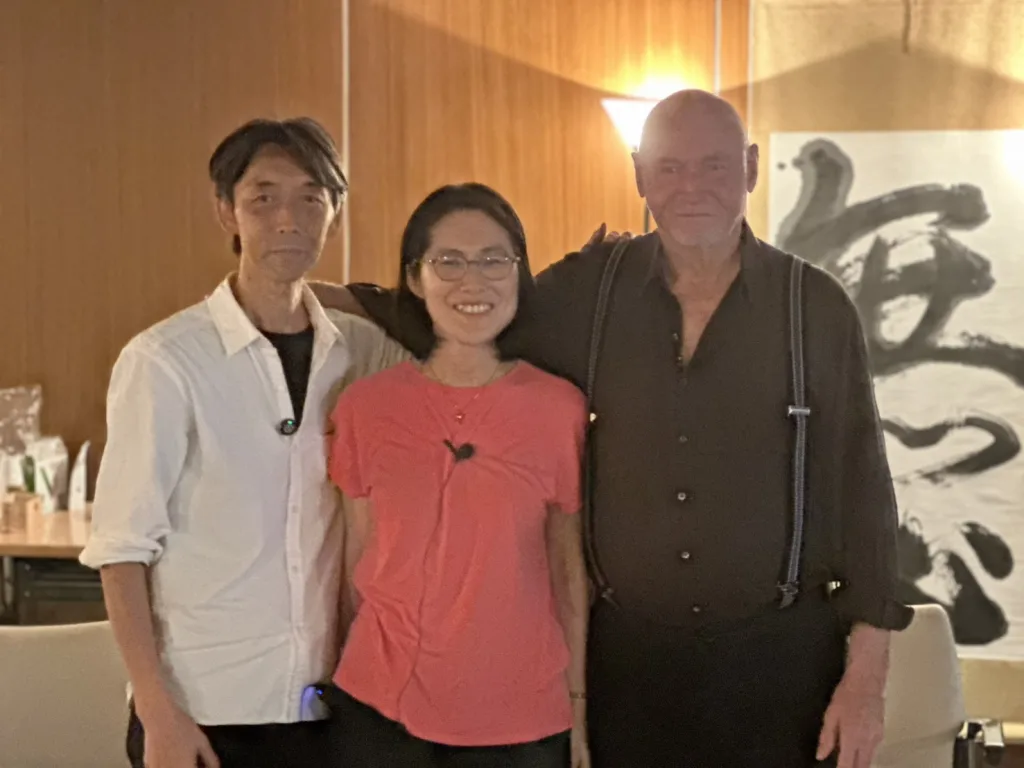
In this post, I’d like to focus on the final day of the training.
On the final morning, we split into three groups of three to four people for a discussion session. The topics included: What did we gain from AT? What do we need to grow further? Which skills do we want to review? How could the training be improved?
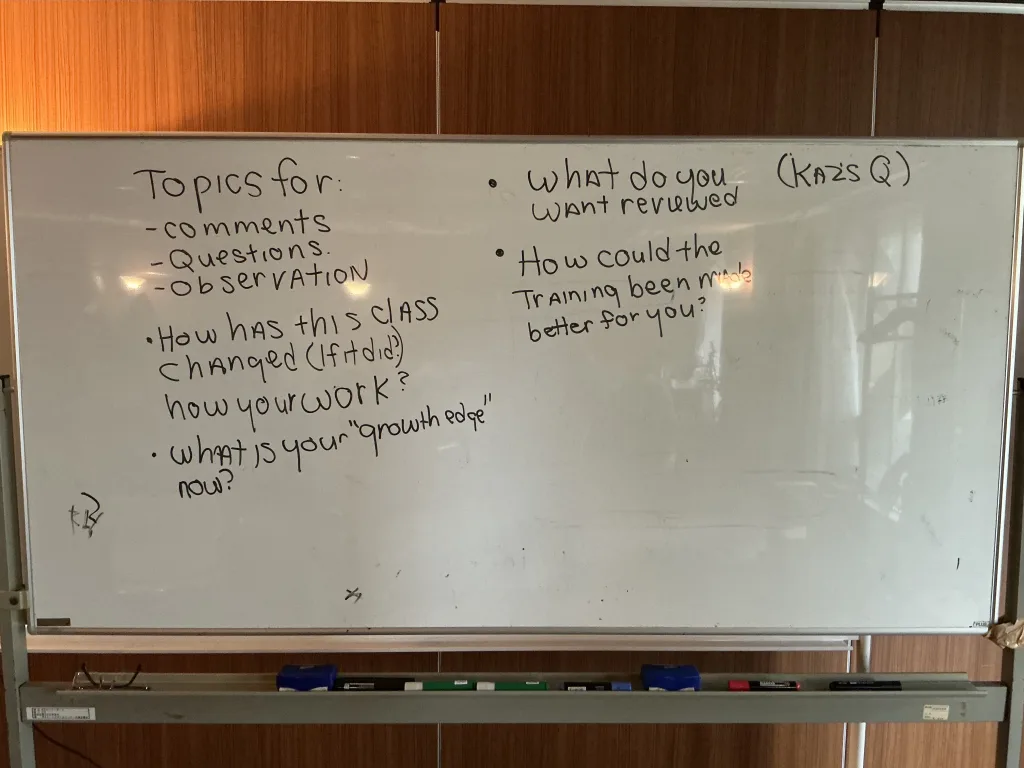
When we returned to the full group, Ray shared four insightful topics with us.
1. The Difference Between “Energy” and “System”
One striking point during the AT was how Tahata-sensei deliberately used the term system rather than energy.
“It’s important to recognize that the system is already complete.”
This is how Tahata described the concept of “system.” I personally interpret it as emphasizing the importance of respecting the body or the client not as something incomplete that needs to be “fixed,” but as a system that is already whole and self-contained.
Having been immersed in this perspective throughout the training, I asked Ray on the final day: “How do energy and system differ?”
Ray responded that “energy” and “system” are not opposing concepts but rather different lenses of observation. He offered the following perspective:
“It’s a structural system. It’s a functional system. It’s a psychobiological system. It’s an energetic system.”
“Each is a different lens, or view, or perspective with which to observe the phenomena.”
Jeff Maitland’s idea of “taxonomy” reminds us not to confine the world to a single framework. Focusing only on structure or only on function is not enough to understand the whole person. Ray’s depth of understanding lies in this ability to embrace a system’s multifaceted nature.
In other words, it’s not “system vs. energy,” but rather:
- Structure (e.g., bones, fascia)
- Function (e.g., movement, breath)
- Psychobiology (e.g., emotions, autonomic nervous system)
- Energy (e.g., field, environmental shifts)
All of these are just different angles from which to observe the same phenomenon.
2. “Some Paths Cannot Be Seen from an Aerial View” — The Metaphor of Mountaineering and Maps
Ray shared a compelling story about Himalayan mountaineering:
“The early climbers in the Himalayas had aerial maps of the mountains, and they showed them to local Nepalese guides to ask which route to take. But the Nepalese thought each route was a different mountain.”
“Each of the taxonomies is a different view of the same mountain.”
“So, find the map that works best for you, and use that.”
This story highlights that there is no single “correct” answer in bodywork. Rather than clinging to our own models or perspectives, we must remain flexible and select the “map” that resonates with the client’s reality.
3. How Ray Maintains His Neutrality
When asked, “How do you find your neutrality?” Ray responded:
“For me, it’s the front of my spine.”
“Meditation doesn’t work for everyone, but for me, meditation is an ongoing practice of returning to rest in the neutral.”
“When we meditate, we notice thoughts, feelings, sensations… and we let them be, and return to neutral.”
Here, neutrality doesn’t mean erasing all thoughts or feelings, but rather the capacity to return to center while still holding everything that arises internally. Ray began each class with meditation, and his words gave me valuable insights. I hope to continue cultivating this capacity for neutrality based on what I’ve learned from him.
4. The Challenges of Teaching — Technique and Language
Ray also candidly shared the challenges of being a teacher:
“In order to learn the technique, you have to do the technique on a body that may not need or want it.”
This reveals his own awareness of the ethical tension in using another person’s body as a means for learning.
He also spoke about the difficulties of teaching in two languages (English and Japanese):
“Teaching a bilingual class is a continual challenge, but I think it’s also twice as rich.”
Balancing language and practice is no small feat. Yet the learning that transcends language and culture was deeply meaningful for me as well.
Graduation Ceremony and Celebration
In the afternoon, we reviewed the techniques once more and held a graduation ceremony. At the end, we took a group photo with all the Phase 2 participants. And just like that, the 24-day journey came to a close.
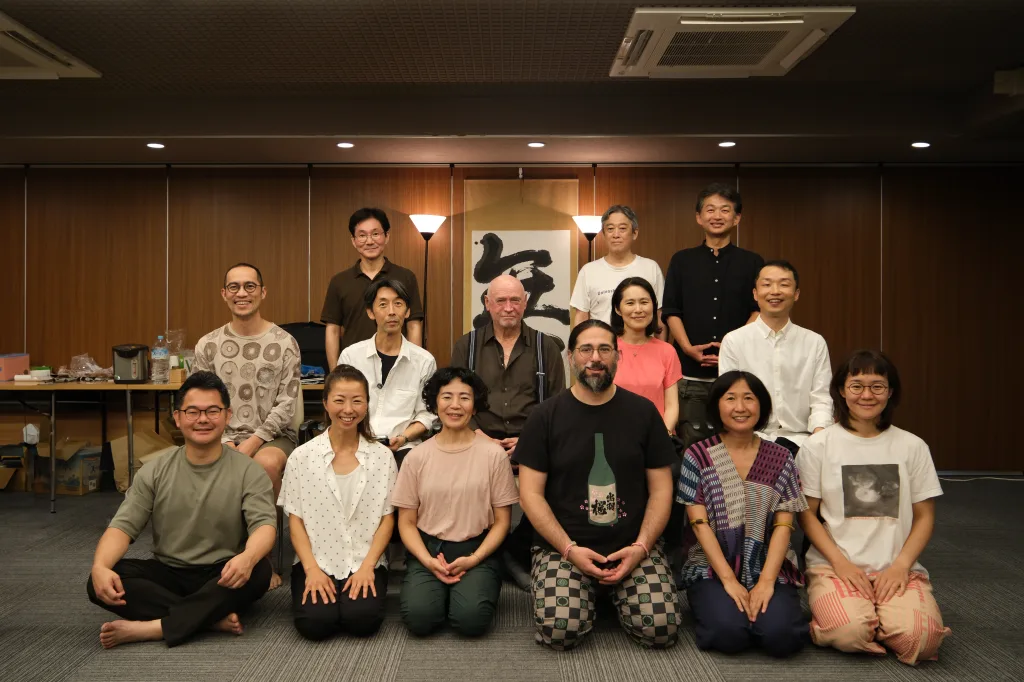
Starting at 6:30 p.m., we held a celebration dinner at an Indian restaurant. It was a joyous final evening spent with fellow participants.
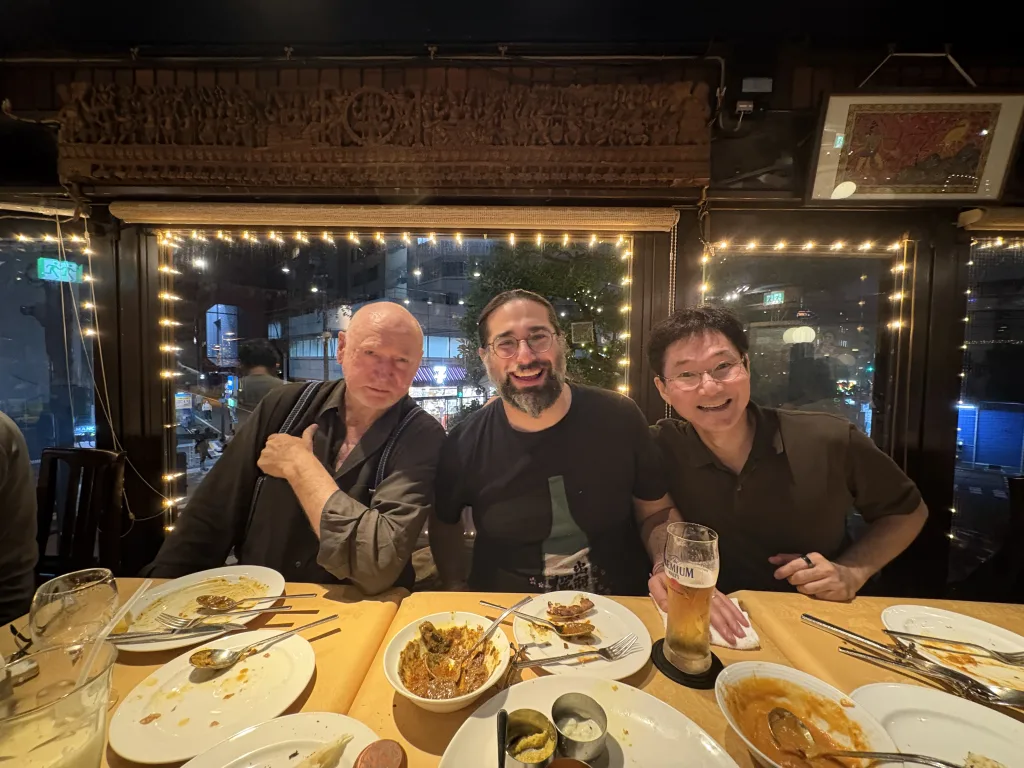
Conclusion
This post has focused on the final day of the training. I gained so much, and I’m sure that what I’ve learned will deeply influence the sessions I offer moving forward.
I will continue to refine my practice so that I can bring the fruits of this learning back to my clients.
